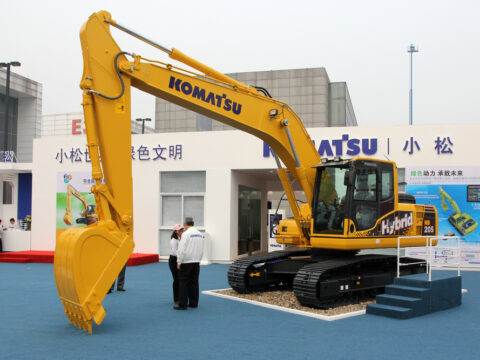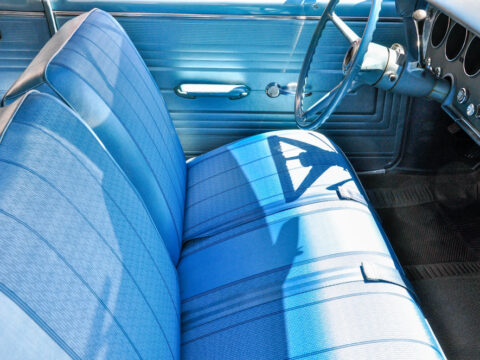Choosing the right family car can be a challenge, especially when unexpected costs start piling up. While some vehicles seem perfect for families at first glance, they often come with hidden expenses that outweigh the benefits. In this list, we’ll take a closer look at 20 family cars that may end up costing more in the long run than they’re worth.
Contents
Dodge Journey
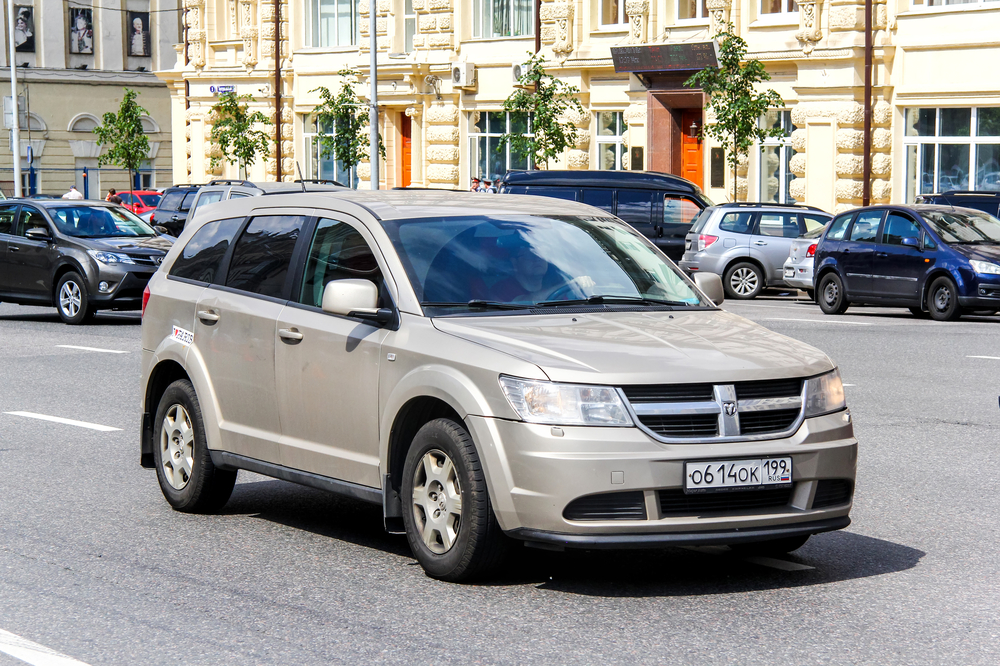
The Dodge Journey’s low upfront price can lure families, but its long-term expenses tell a different story. It lacks modern safety features and has a dated design, which can lead to frequent upgrades and repairs. With poor fuel efficiency compared to competitors, you’ll find yourself spending more at the gas station. Furthermore, its reliability issues only add to the maintenance burden, making it a costly choice over time.
Jeep Grand Cherokee
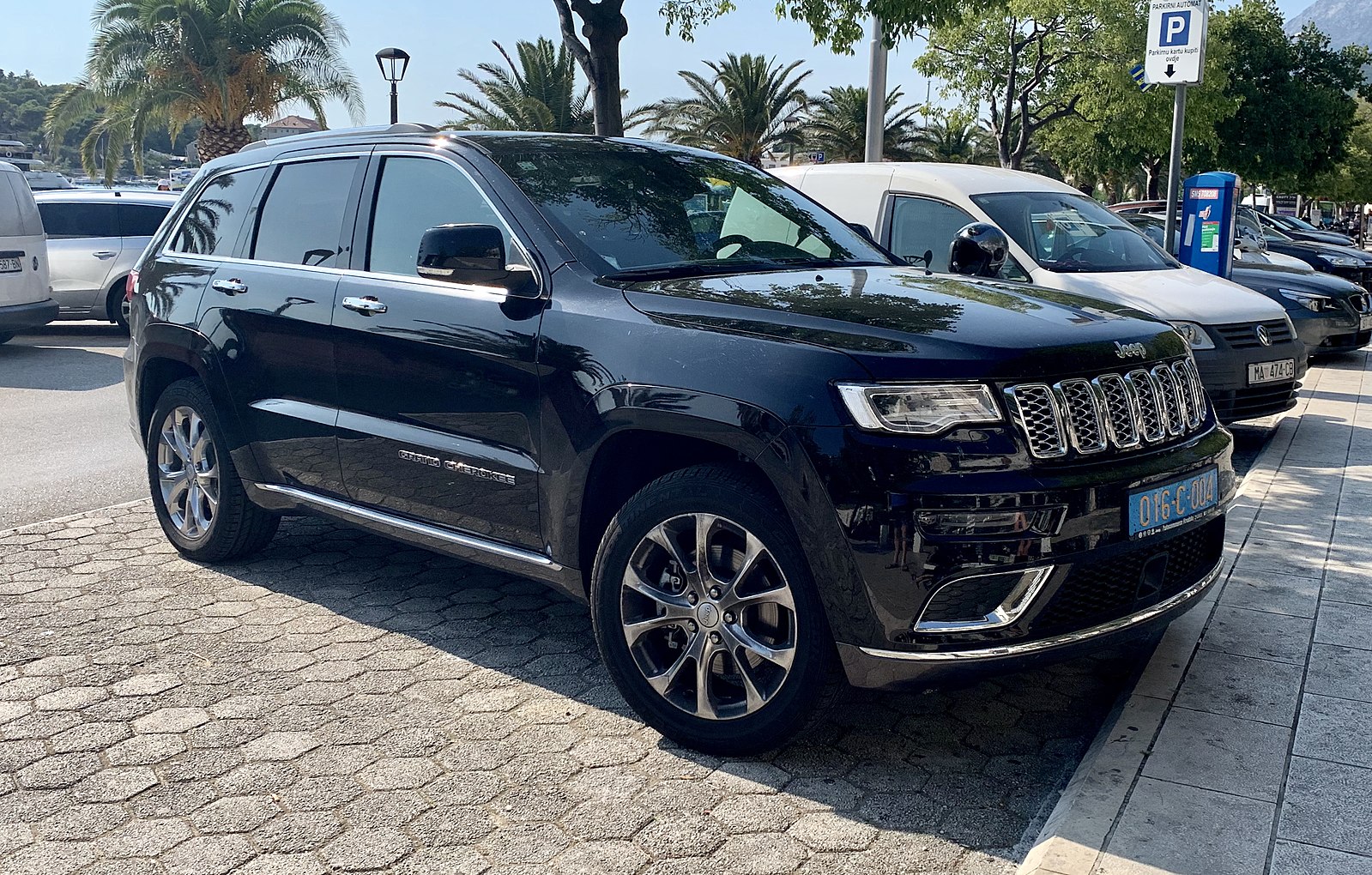
The Jeep Grand Cherokee is often admired for its rugged appearance and off-road capabilities, but it’s not the best choice for everyday family use. Known for its high maintenance costs, this vehicle is prone to mechanical issues, which can lead to expensive repairs. Its fuel economy is substandard, increasing running costs significantly.
Ford Explorer
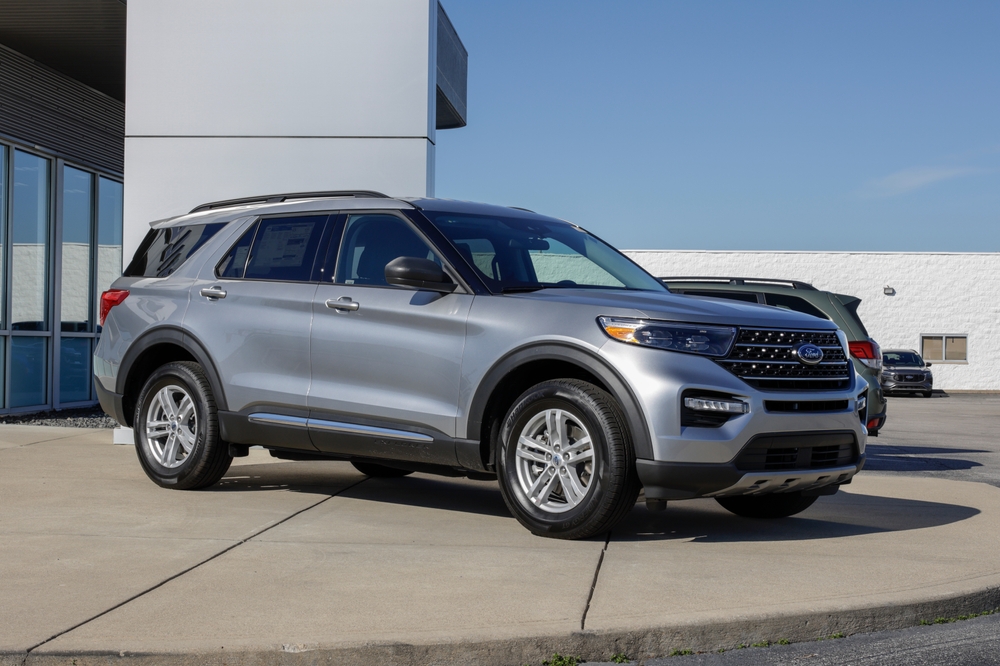
While the Ford Explorer provides ample space for families, its long-term financial impact may outweigh its benefits. It suffers from below-average fuel efficiency, particularly in the more powerful engine models, causing frequent trips to the gas pump. The vehicle’s repair costs are another concern, with many models experiencing mechanical issues that require expensive fixes. Combined with its higher-than-average depreciation rate, the Explorer can be an expensive commitment over time.
Chevrolet Traverse
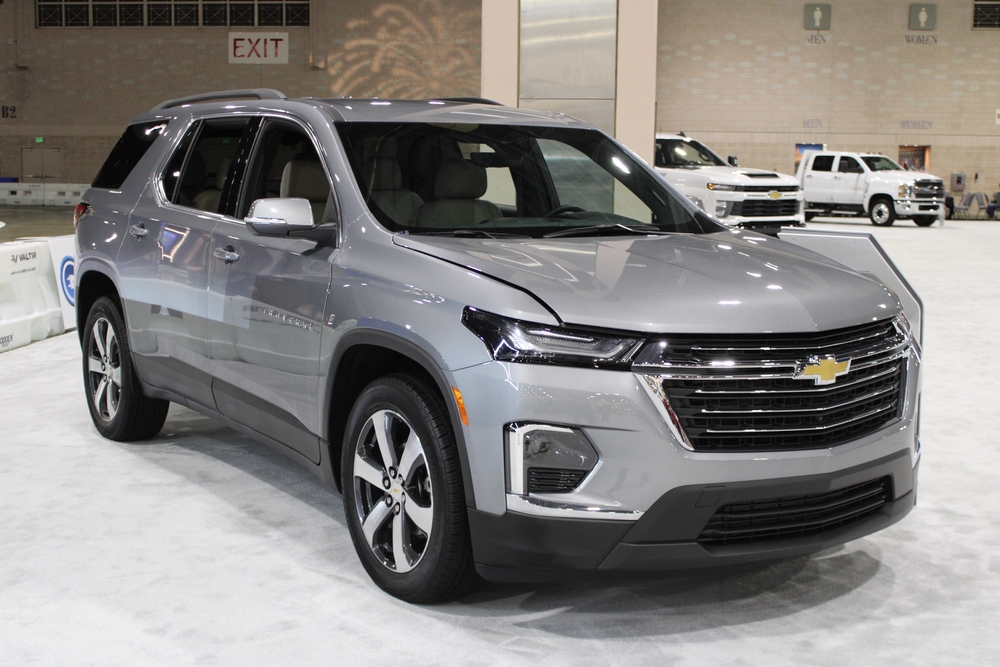
The Chevrolet Traverse offers plenty of interior space, but it comes with its fair share of drawbacks. The fuel economy has a major downside, especially for families who frequently drive in urban areas. Additionally, the Traverse’s reliability has been questioned, with many owners reporting frequent repairs. Its large size, while offering more room, makes it difficult to handle in city environments, reducing its practicality and adding to fuel and maintenance costs.
Nissan Pathfinder
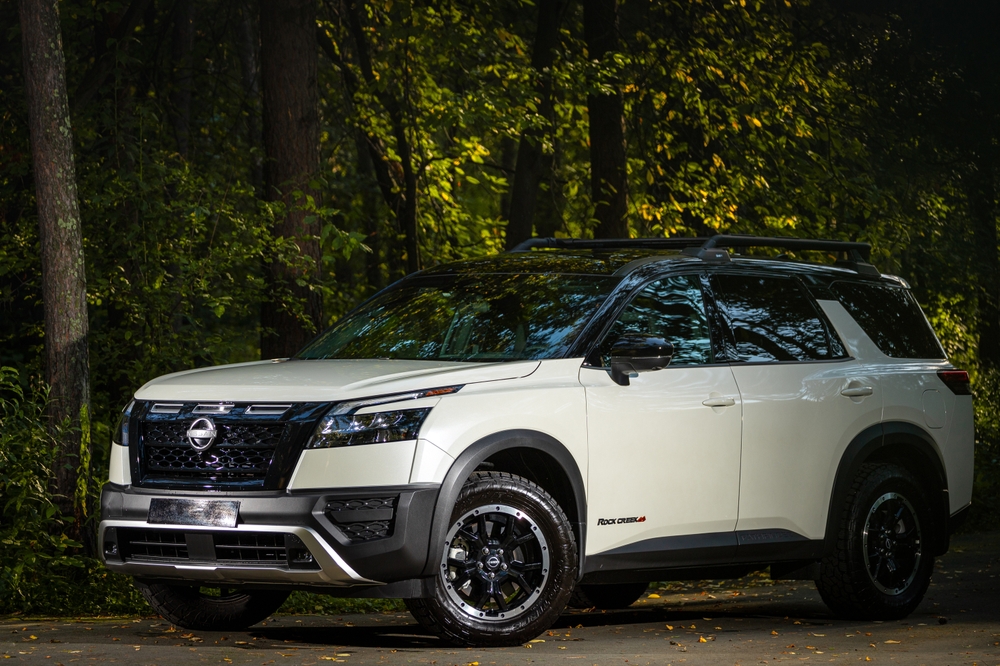
The Nissan Pathfinder may initially seem like a solid family SUV, but its costly downsides become evident over time. The vehicle’s continuously variable transmission (CVT) has a reputation for early failure, leading to steep repair bills. Fuel efficiency is mediocre, particularly for its class, resulting in higher gas expenses. Furthermore, its depreciation is faster than expected, reducing its long-term value significantly.
Volkswagen Atlas
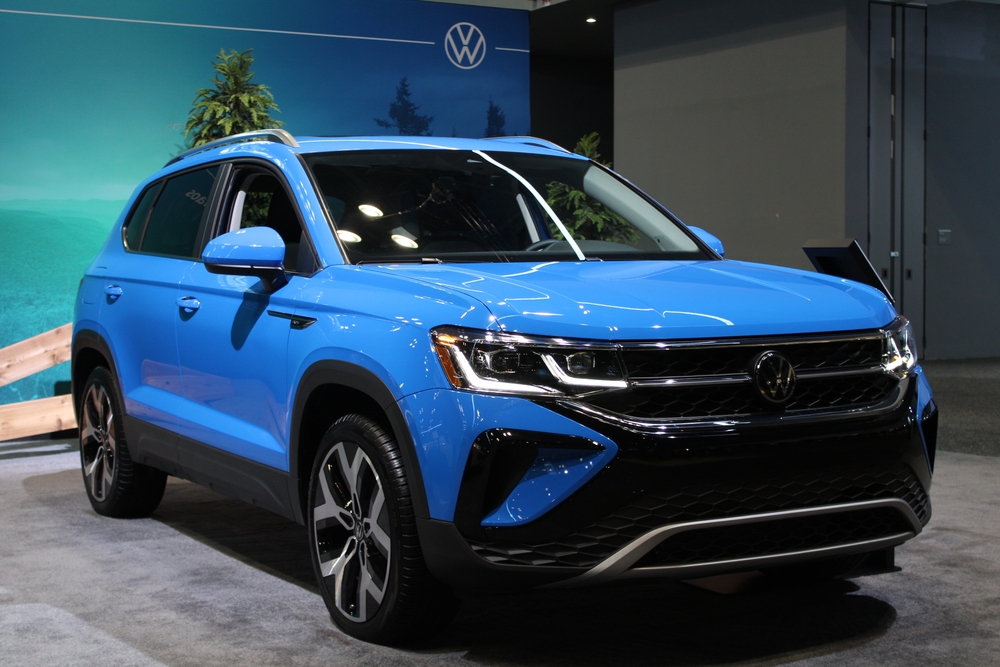
The Volkswagen Atlas is marketed as a spacious and premium family SUV, but owning one can drain your budget. With a track record of below-average reliability, Atlas owners often face high repair bills. Fuel consumption is another weak point, particularly with the all-wheel-drive version, leading to increased operating costs.
Toyota Sequoia
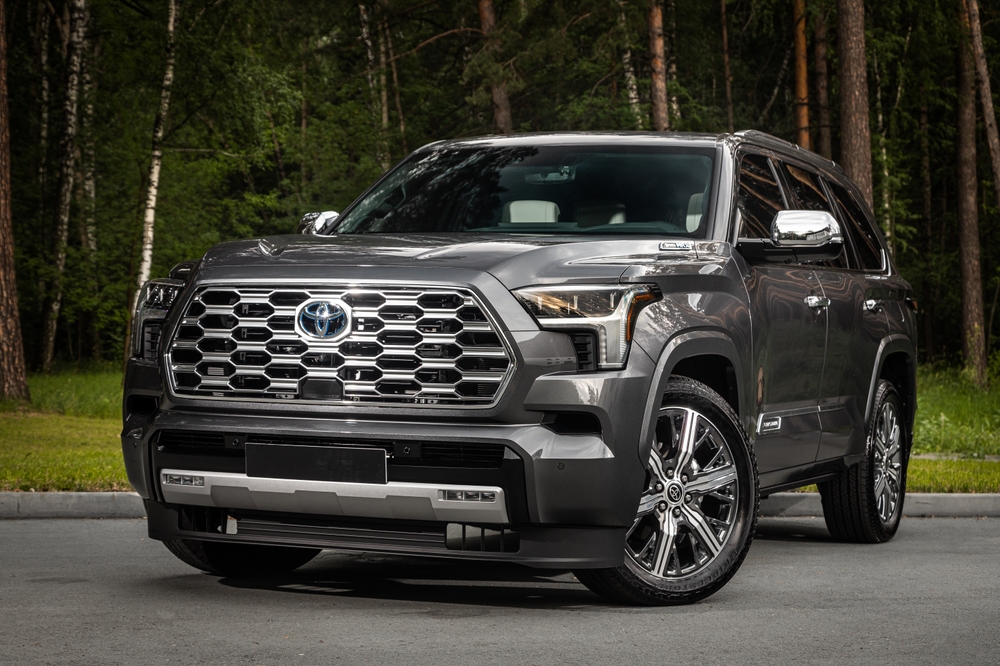
The Toyota Sequoia is undeniably large and powerful, but these features come with substantial operating costs. Fuel efficiency is notably poor, making this SUV a less practical option for families focused on day-to-day driving. Repair costs, especially for its complex drivetrain, can be overwhelming. Even though Toyota vehicles are generally reliable, the Sequoia’s outdated tech and subpar ride quality make it difficult to justify its price.
GMC Acadia
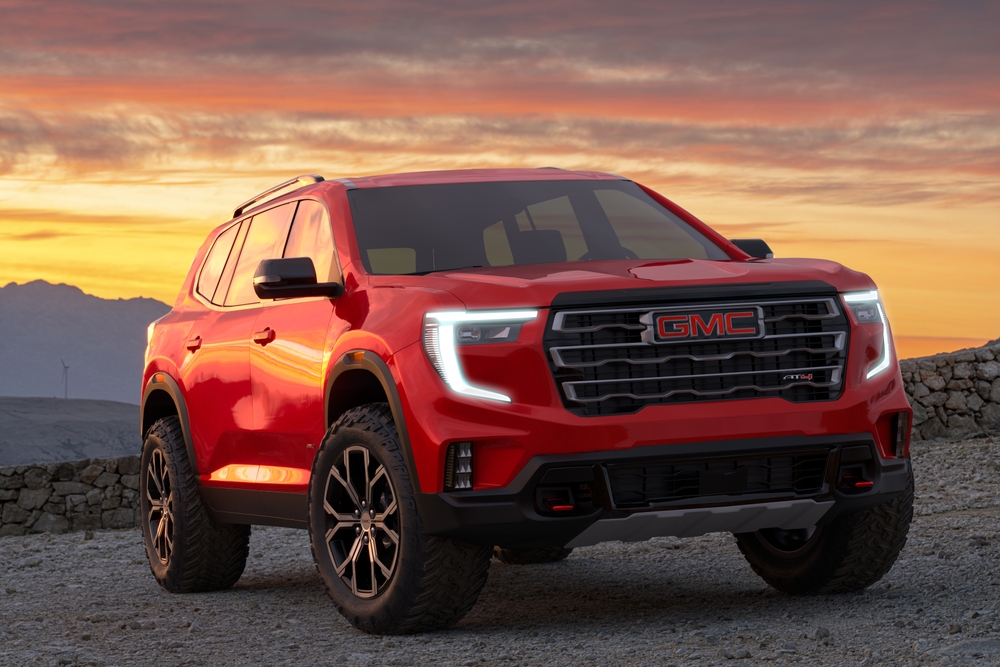
The GMC Acadia is an SUV that seems like a solid family vehicle, but it comes with several hidden expenses. Its fuel economy is not competitive, especially when compared to similar models in the midsize SUV segment. Additionally, the Acadia has a history of electrical issues, which can lead to expensive repairs over time.
Honda Pilot

Although the Honda Pilot is known for its practicality and spacious interior, the long-term costs may outweigh the benefits. The Pilot’s fuel economy is underwhelming, especially for the all-wheel-drive variants, leading to increased fuel expenses. Additionally, the infotainment system has been known to glitch, sometimes requiring pricey repairs or updates. For families trying to keep maintenance costs down, the Pilot might not be the ideal vehicle.
Chrysler Pacifica
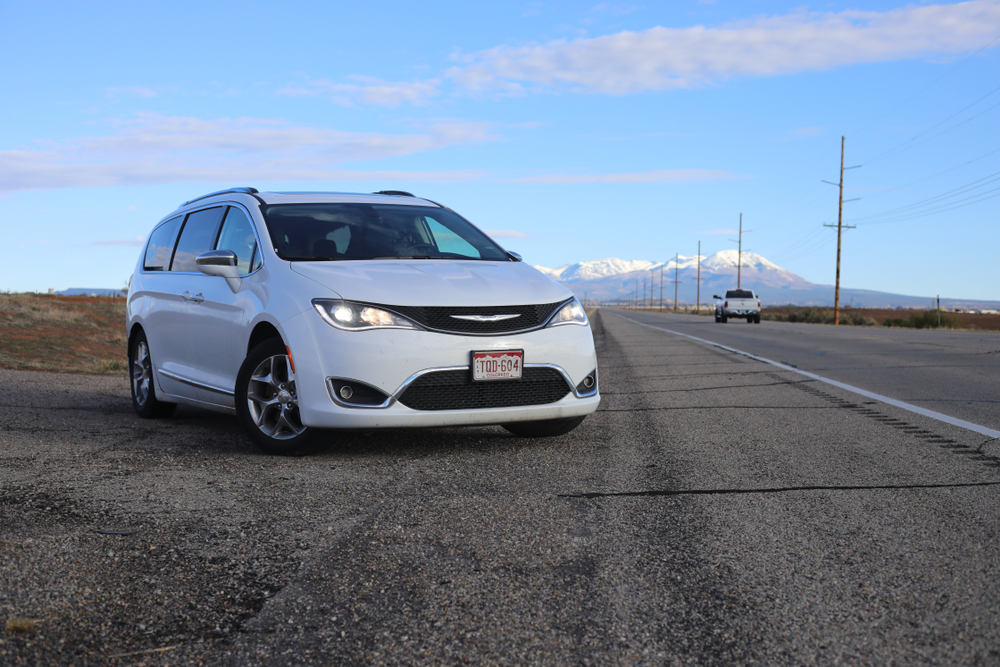
The Chrysler Pacifica is stylish and versatile, but reliability issues make it an expensive family vehicle to maintain. Common complaints about the Pacifica include malfunctioning electronics, sliding door failures, and transmission problems. Parts and labor for repairs often come with a hefty price tag, adding to the overall cost of ownership. While it may offer attractive features, these frequent breakdowns and repairs negate its appeal for cost-conscious families.
Subaru Ascent
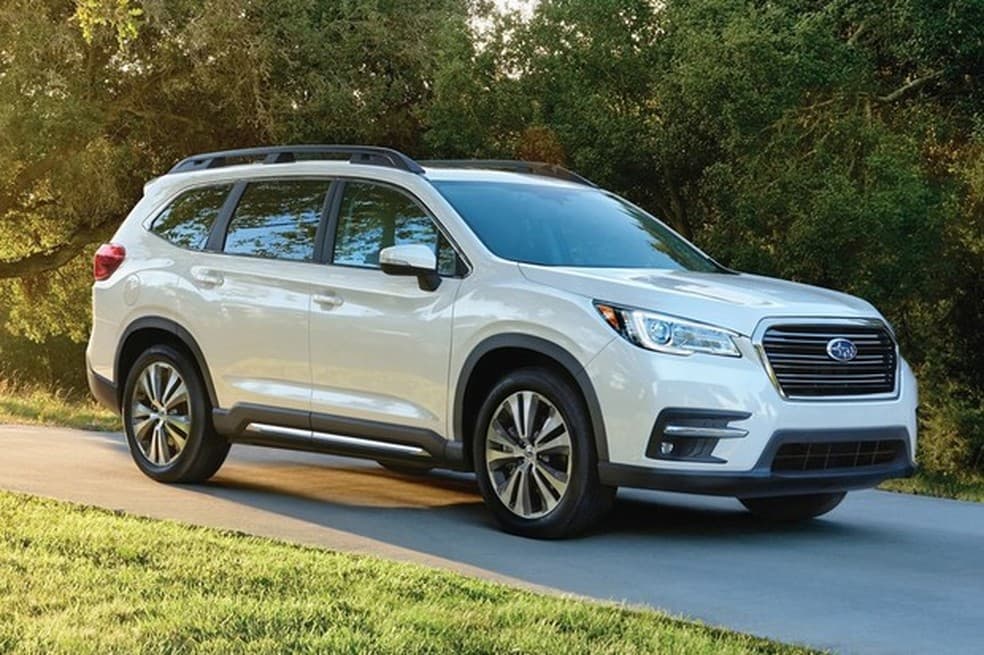
Subaru has a reputation for reliability, but the Ascent has encountered its fair share of issues that can cost families in the long run. Transmission problems have been reported, and engine issues can also require costly repairs. Fuel efficiency falls short, particularly for city driving, meaning families will spend more on fuel. The Ascent’s resale value doesn’t hold as well as other Subaru models, further diminishing its appeal as a long-term investment.
Land Rover Discovery
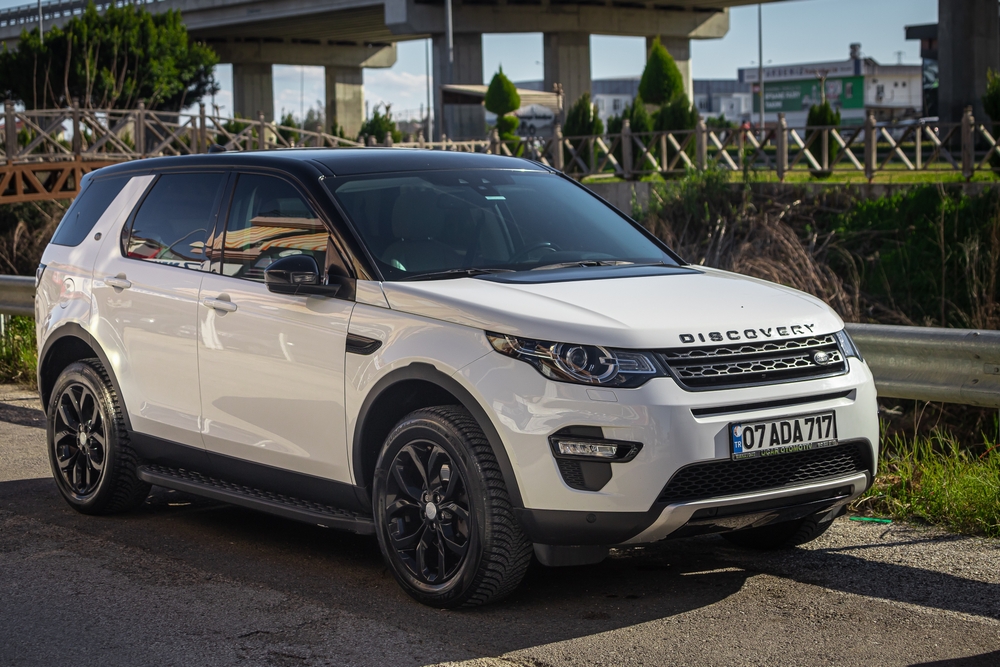
The Land Rover Discovery is a luxury SUV with excellent off-road capabilities, but for most families, its high ownership costs outweigh the benefits. Reliability issues plague this model, leading to frequent and expensive repairs. In addition to high fuel consumption, maintenance costs are considerably higher than those of non-luxury competitors.
Cadillac XT6

The Cadillac XT6 offers a luxurious experience, but it comes with high costs that many families may find difficult to manage. Its fuel efficiency is below average for its class, and frequent repairs on high-tech features can drive up costs. Additionally, depreciation happens quickly, meaning the vehicle loses value faster than other SUVs. These factors make it a challenging option for families who prioritize long-term savings.
Infiniti QX60
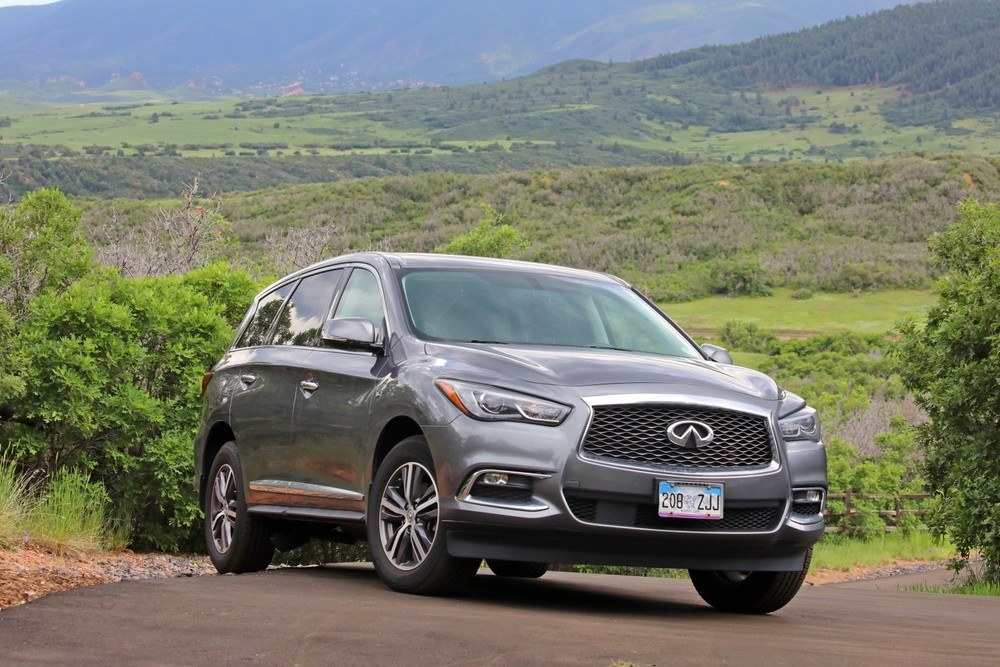
On the surface, the Infiniti QX60 looks like a luxurious family SUV, but it carries several financial pitfalls. Its continuously variable transmission (CVT) has been reported to fail prematurely, leading to costly repairs. Fuel economy is below average for a vehicle of its size, meaning higher fuel costs. Depreciation is also an issue, as the QX60 loses its value quickly, making it less of a long-term investment.
Volvo XC90

While the Volvo XC90 impresses with its elegant design and state-of-the-art safety features, its long-term costs can become burdensome. European parts and services for this luxury SUV are significantly more expensive than for other family cars, leading to high repair bills. Its fuel efficiency is also not as strong as some of its competitors, which can drive up daily operating costs. For families looking to save on maintenance and fuel, the XC90 may be more costly than it seems.
Buick Enclave

The Buick Enclave is roomy and comfortable, but owning one can result in substantial long-term costs. Its below-average fuel economy adds up quickly for families with daily commutes or frequent road trips. Electrical issues have also been common, requiring costly fixes that can strain a budget. Combined with fast depreciation, the Enclave often ends up being more expensive than families initially anticipate.
Audi Q7
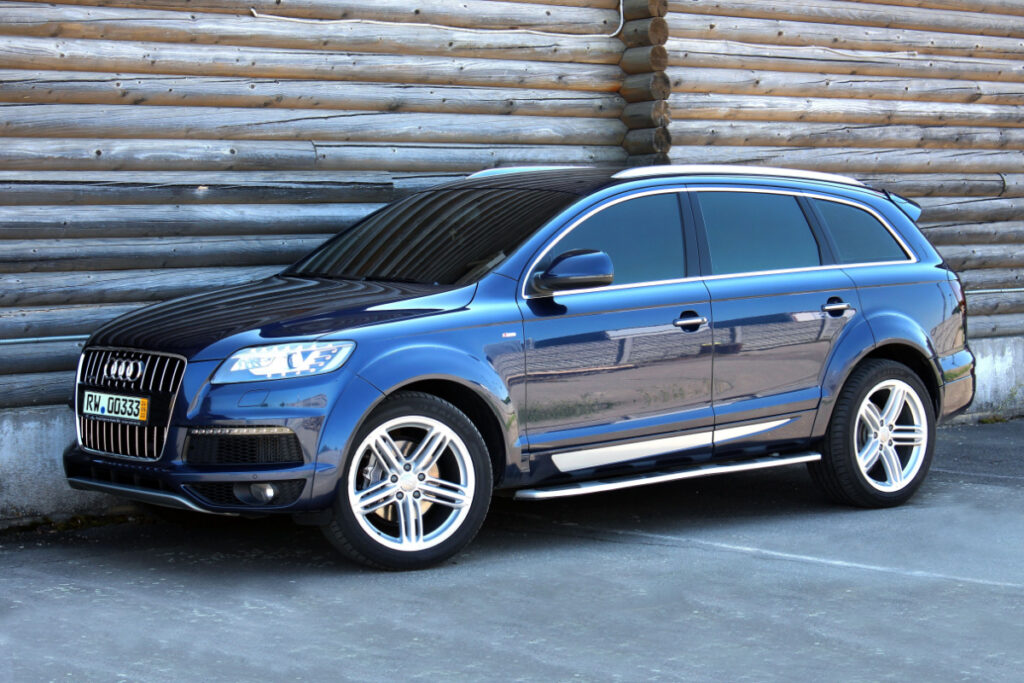
The Audi Q7 delivers a smooth and luxurious ride, but its financial downsides make it a challenging choice for families. With high fuel consumption, particularly for its more powerful engine variants, the Q7 isn’t economical for daily driving. The cost of maintenance and repairs is also high, given its status as a luxury vehicle with expensive parts.
Lincoln Aviator

The Lincoln Aviator exudes luxury, but the associated costs make it a questionable option for families. Fuel economy is mediocre, especially when opting for the all-wheel-drive models. Its sophisticated electronics system is prone to malfunctions, often requiring expensive repairs. Furthermore, depreciation hits the Aviator hard, eroding its resale value quickly, which can be a financial strain for budget-conscious buyers.
Mercedes-Benz GLE
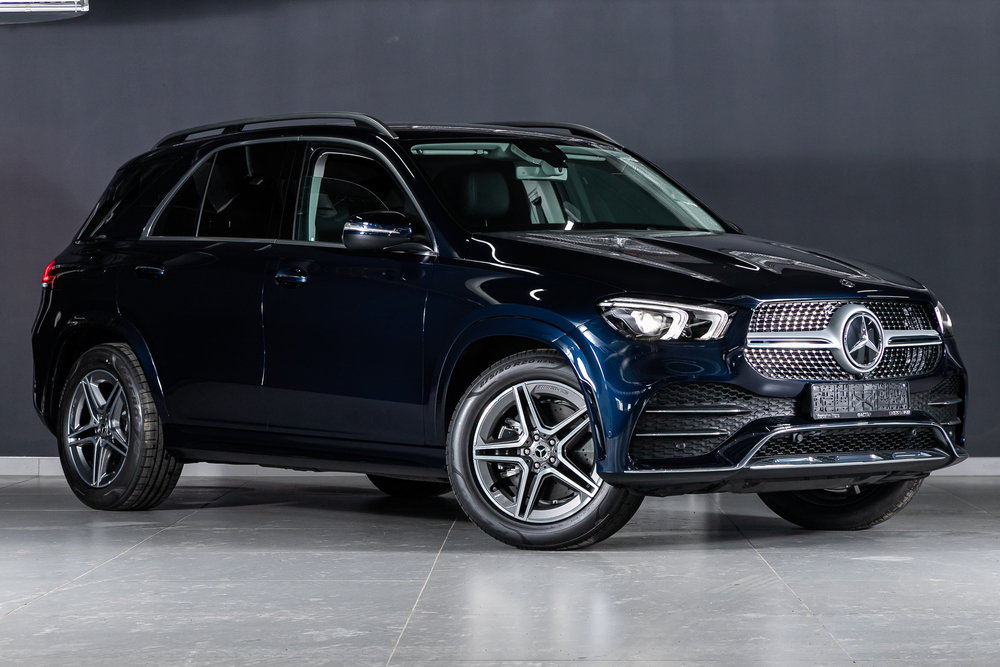
The Mercedes-Benz GLE combines luxury with performance, but its long-term costs can add up. Fuel efficiency is far from ideal, particularly for the higher-powered engine options, making it expensive for everyday use. Maintenance and repairs are equally costly, with premium parts and labor adding to the burden.
Kia Telluride
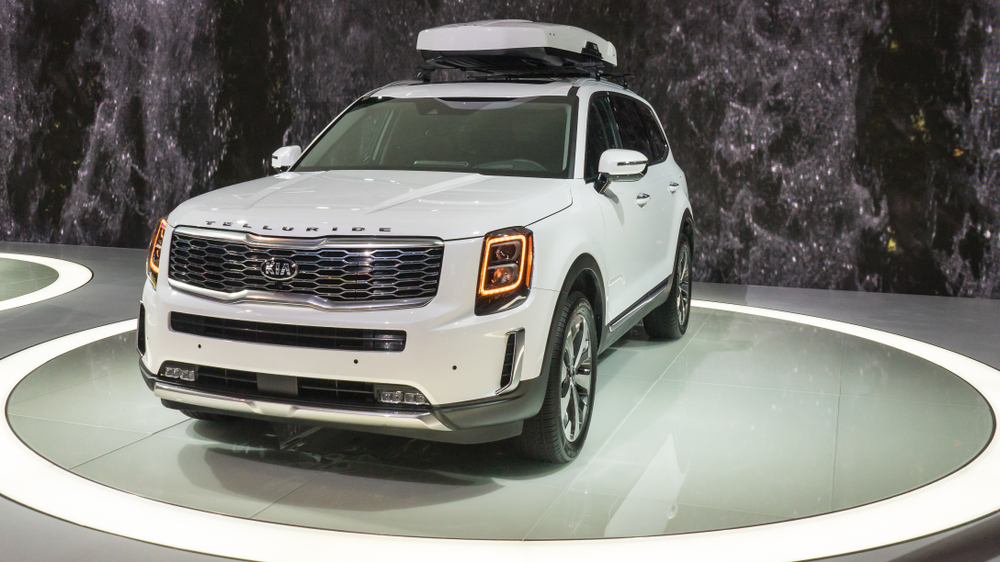
Although the Kia Telluride is often praised for its features and space, its rising prices may be more than what some families are willing to pay. As demand has increased, so have prices, leading to higher upfront costs. Its fuel economy isn’t the best, especially compared to rivals, leading to higher running expenses over time. Additionally, as more models hit the market, depreciation rates are expected to rise, meaning it may not hold its value as well as anticipated.
This article originally appeared in MyCarMakesNoise.
More from MyCarMakesNoise
Top 25 Collectible Hot Rods That Are Worth a Fortune

Hot rods have always captured the imagination of car enthusiasts with their unique blend of power, style, and history. Among them, certain models have risen to legendary status, commanding impressive market values. Read More.
18 Legendary Tanks That Ruled the Battlefields
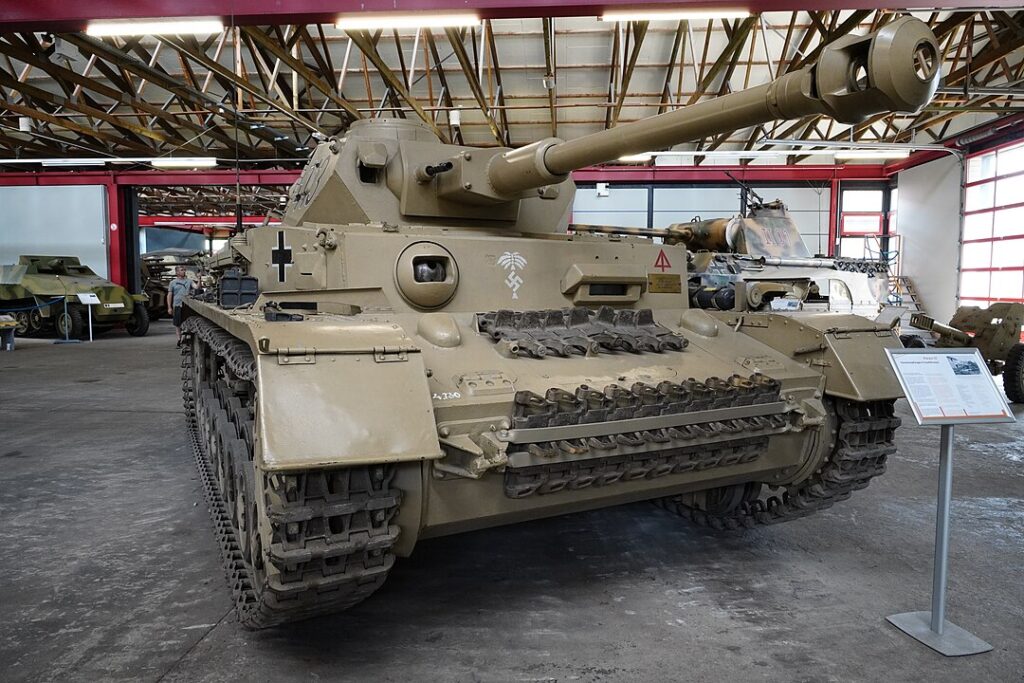
Throughout the history of warfare, certain tanks have stood out as game-changers on the battlefield. These iconic machines combined innovative engineering, formidable firepower, and rugged durability, making them legends in their own right. Read More.
The 16 Fastest Buell Motorcycles, Ranked by Top Speed

Buell motorcycles are renowned for their speed and performance, pushing the boundaries of engineering. From track-ready models to street bikes, these motorcycles have set impressive speed records. Read More.

